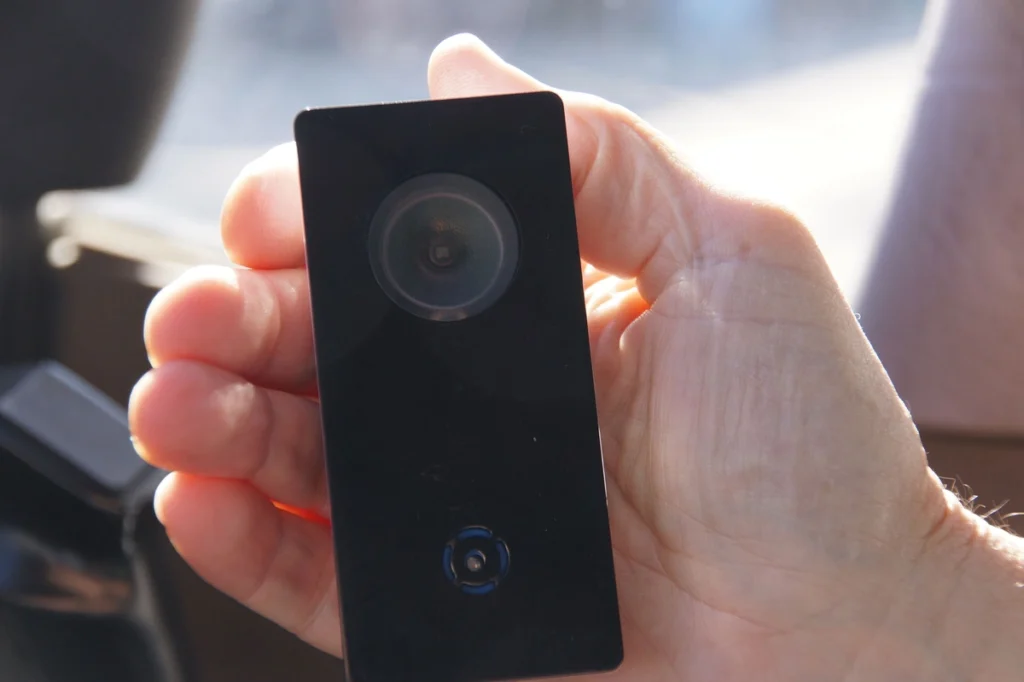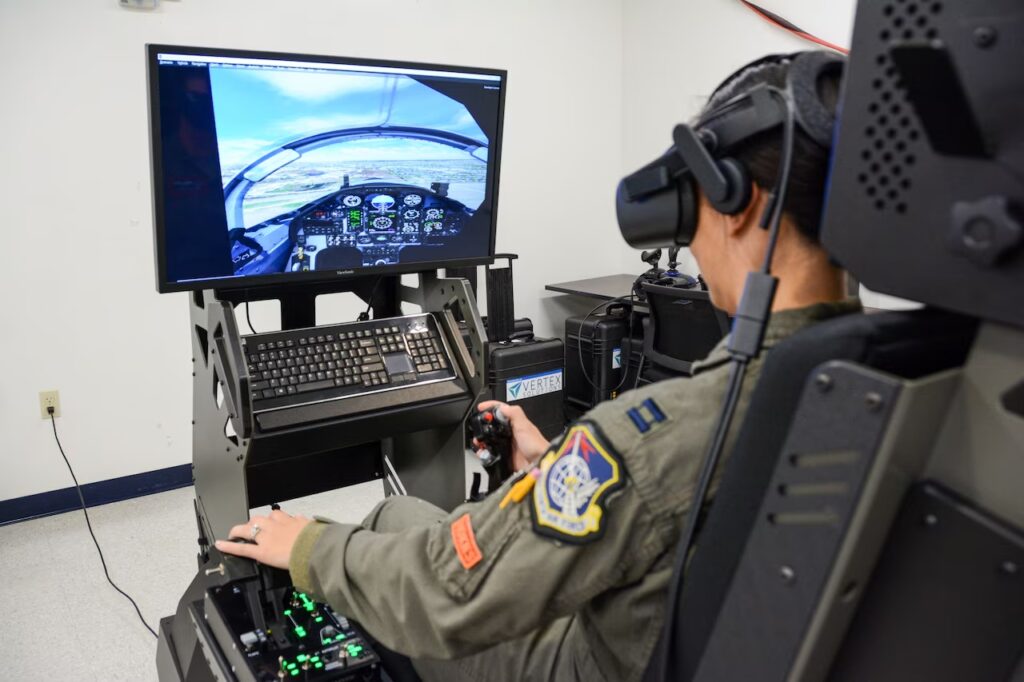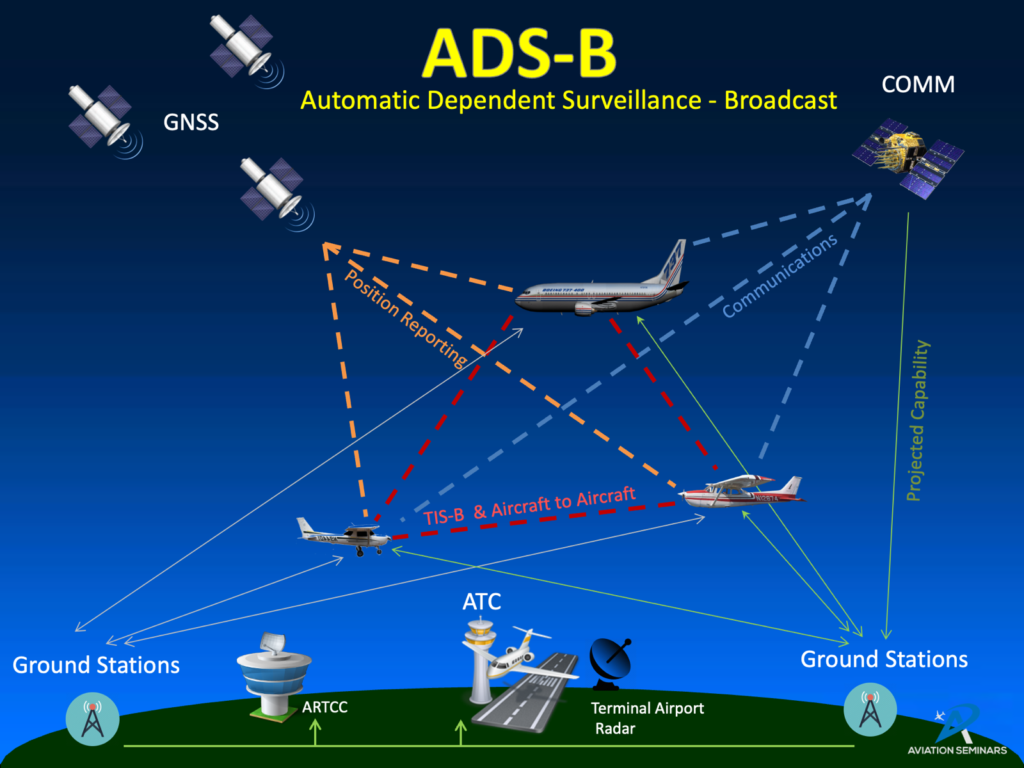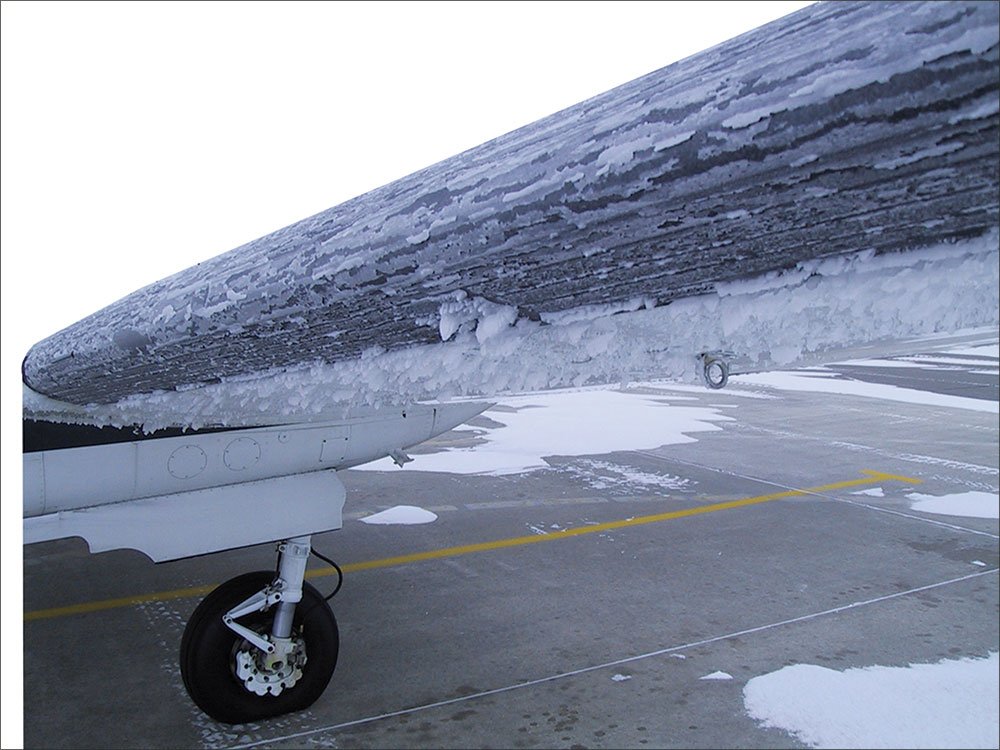Aviation and astronautics have common historical roots and are closely interconnected. The space industry has absorbed many technologies and inventions that originally appeared in aviation. And we should not forget that the first space explorers were pilots. But this “exchange” is not one-sided. Technologies created for space needs were often used in the aviation industry. So today we’re going to talk about five such innovations that were born thanks to NASA
Airborne collision avoidance system
The rapid development of civil aviation in the second half of the 20th century led to a significant increase in the number of cases of dangerous approach of aircraft. After a series of tragedies, the question arose of creating a special device capable of warning pilots of the threat of an air collision.

By the mid-1980s, the US Federal Aviation Administration (FAA) had developed a prototype TCAS (Traffic Collision Avoidance System) designed to alert the crew of dangerous approach with other aircraft. However, before the device can be mass-produced, it needs to be tested. This task was assigned to the NASA Ames Research Center. Its experts tested the pilots’ ability to use the new system and their reactions to the messages it issues.
This study, as well as air tests, made it possible to verify the effectiveness of TCAS. As a result, Congress decided to equip all American civilian aircraft with the new system by 1995. This example was soon followed by most countries around the world. According to the current International Civil Aviation Organization (ICAO) standard, TCAS must be installed on all aircraft weighing more than 5,700 kg or certified to carry more than 19 passengers.
Pressure sensors
The operating altitude of most civilian airliners is approximately 10-12 km. The atmospheric pressure there is too low for a person to remain conscious for more than 10-15 seconds. Therefore, depressurization of the aircraft at this level is catastrophically dangerous.

The trouble is that depressurization can be slow, as in the case of the infamous Helios Airways flight in 2005. Back then, the crew confused the sound of the onboard warning system about a drop in cockpit pressure with another device, which led to a disaster.
Therefore, the American company AV Tech decided to develop a backup device that would warn of a drop in cockpit pressure. It was based on a sensor created by a NASA engineer and intended for use on board experimental aircraft and spacecraft. This is how the Alt Alert device was born. If the pressure drops below a certain level, it activates a light and sound alarm, warning the crew of a dangerous situation. This device is small and can be mounted on both the dashboard and cockpit lights, or it can be attached to a uniform.
Methods of pilot training
The problem of astronaut and test pilot fatigue has always been one of the key issues for NASA. Back in the early 1960s, the aerospace administration developed a system of tests designed to make sure that pilots would always be alert and able to continue the mission. It is not surprising that many of the methods introduced by NASA later became commonplace in civil aviation.

In the following years, the degree of aircraft automation increased significantly. But, paradoxically, this led to a new problem. On the one hand, technology has helped to significantly relieve pilots of their workload, but on the other hand, it has led to a decrease in their level of concentration and attention during the flight. And this is a direct way to make mistakes that could be fatal.
Therefore, in the late 1980s, NASA conducted a new study to determine the optimal level of cockpit automation required to ensure that pilots do not lose concentration and are as involved as possible in what is happening. Subsequently, airlines used the results of this study to create a new methodology for training pilots on simulators, which has significantly improved air safety.
Global air traffic control
The disappearance of Malaysia Airlines Flight 370 is still one of the major mysteries in the history of global aviation. On March 8, 2014, the aircraft disappeared from radar screens somewhere over the Indian Ocean. Despite numerous large-scale search operations, the crash site was never found.

The case of Flight 370 raised the issue of creating a global system that would allow aircraft to be located in areas blind to radar (for example, over the ocean or in polar regions), which would increase the efficiency of search and rescue operations in the event of a recurrence of similar incidents. The result was the ICAO’s decision to equip aircraft with ADS-B (Automatic dependent surveillance-broadcast) transponders on a large scale. They were created on the basis of a technology originally developed by NASA to maintain communication with spacecraft and accurately determine their position.
ADS-B transponders transmit data on the aircraft’s tail number, speed, altitude, weather conditions and direction to satellites and aircraft within a 160 km radius that are also equipped with these devices. As a result, pilots know their position relative to other aircraft and receive regular information about weather conditions and terrain. In turn, air traffic controllers can monitor the status of the aircraft even when it is out of radar range. It is thanks to ADS-B data that the well-known Flightradar24 website operates, a public Internet service that allows aviation enthusiasts from around the world to monitor the movement of civilian aircraft in real time.
Fighting against icing
An extremely serious threat to any airplane is its icing. A layer of ice on the wings can reduce lift by more than 25%, which can cause the aircraft to fail to reach the required speed and crash during takeoff. And ice in the tail section greatly changes the balance of the aircraft, which leads to its fall.

Typically, the aviation industry uses liquid de-icers or special pneumatic systems to combat ice. However, both of these methods have their drawbacks. Therefore, NASA funded a study aimed at finding a more effective way to combat ice. Based on it, Kelly Aerospace has developed a new system called Thermawing. It is based on heating elements made of ultra-thin graphite foil. They are installed on the most vulnerable parts of the aircraft, which allows you to get rid of ice quickly and efficiently.
So far, Thermawing has only been used on light aircraft. But engineers are already working on adapting this system to larger planes.

